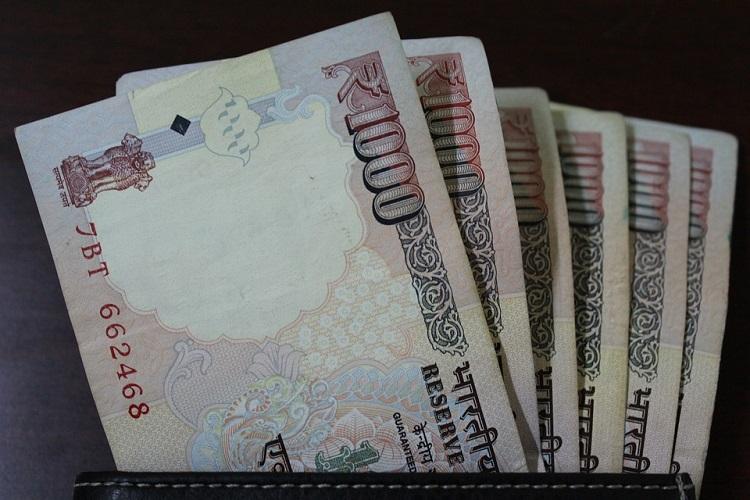
IT spending in the Indian government sector is projected to reach USD 8.5 billion in 2018, an increase of 8.9% from 2017 estimated spending of USD 7.8 billion, according to the latest forecast by Gartner.
The Indian government has been exhibiting strong growth in the Software and IT services with device spending continuing to drive the majority of the overall IT spending in the Indian government sector. Software spending is projected to grow by 15.6% in 2017, and will grow another 15.1% in 2018 to reach USD 1.2 billion (see Table 1). IT services spending is on pace to grow by 15.3% in 2017 to total USD 2 billion in 2017, and increase by 13.8% in 2018 to reach USD 2.3 billion.
Table 1. Government Sector IT Spending Forecast, India, (Millions of U.S. Dollars)
|
|
2017 Spending |
2017 Growth (%) |
2018 Spending |
2018 Growth (%) |
|
Data Center Systems |
504 |
5.4 |
521 |
3.3 |
|
Devices |
1,026 |
20.8 |
1,122 |
9.4 |
|
Internal Services |
1,558 |
6.1 |
1,661 |
6.6 |
|
IT Services |
1,986 |
15.3 |
2,261 |
13.8 |
|
Software |
1,004 |
15.6 |
1,156 |
15.1 |
|
Telecom Services |
1,762 |
7.0 |
1,818 |
3.1 |
|
Overall |
7,840 |
11.4 |
8,537 |
8.9 |
Source: Gartner (October 2017)
“The Indian government sector is picking up pace again after the brief slowdown in the past two quarters due to effects reverberated by demonetization and a drop in industrial production,” said Ganesh Ramamoorthy, managing vice president at Gartner India.
Several initiatives by the government, such as the Make in India, Start-up India, Skill India, and the corresponding policy frameworks to support these initiatives, such as the new electronics policy, software product policy, data security and protection policy, will have a positive effect on government IT spending in the near future. However, the chief among all these initiatives is the Digital India programme.
Digital government relies on the use and reuse of data and analytics to simplify transactions for end users. It creates information from data to support and enhance decision making, and it fosters the creation of new, collaborative and disruptive service delivery models. In the process, underlying service models are re-engineered to improve mission effectiveness and to achieve long-range cost savings through optimized outcomes.
To be successful, Indian government’s digital strategy must address a variety of issues. “While focusing on citizen services is an essential element of the digital strategy, the main and more sustainable benefits will come to the government from the transformation of its internal data and processes,” said Sau.
Therefore, establishing a sustainable collaboration among stakeholders in different domains and tiers; adopting more flexible funding, agile procurement and project management processes; improving IT workforce skills and management practices; and securing the technologies and/or services needed to support the digitalization of government business functions, will all be very essential for the Digital India programme to succeed.

 In
In
Add new comment